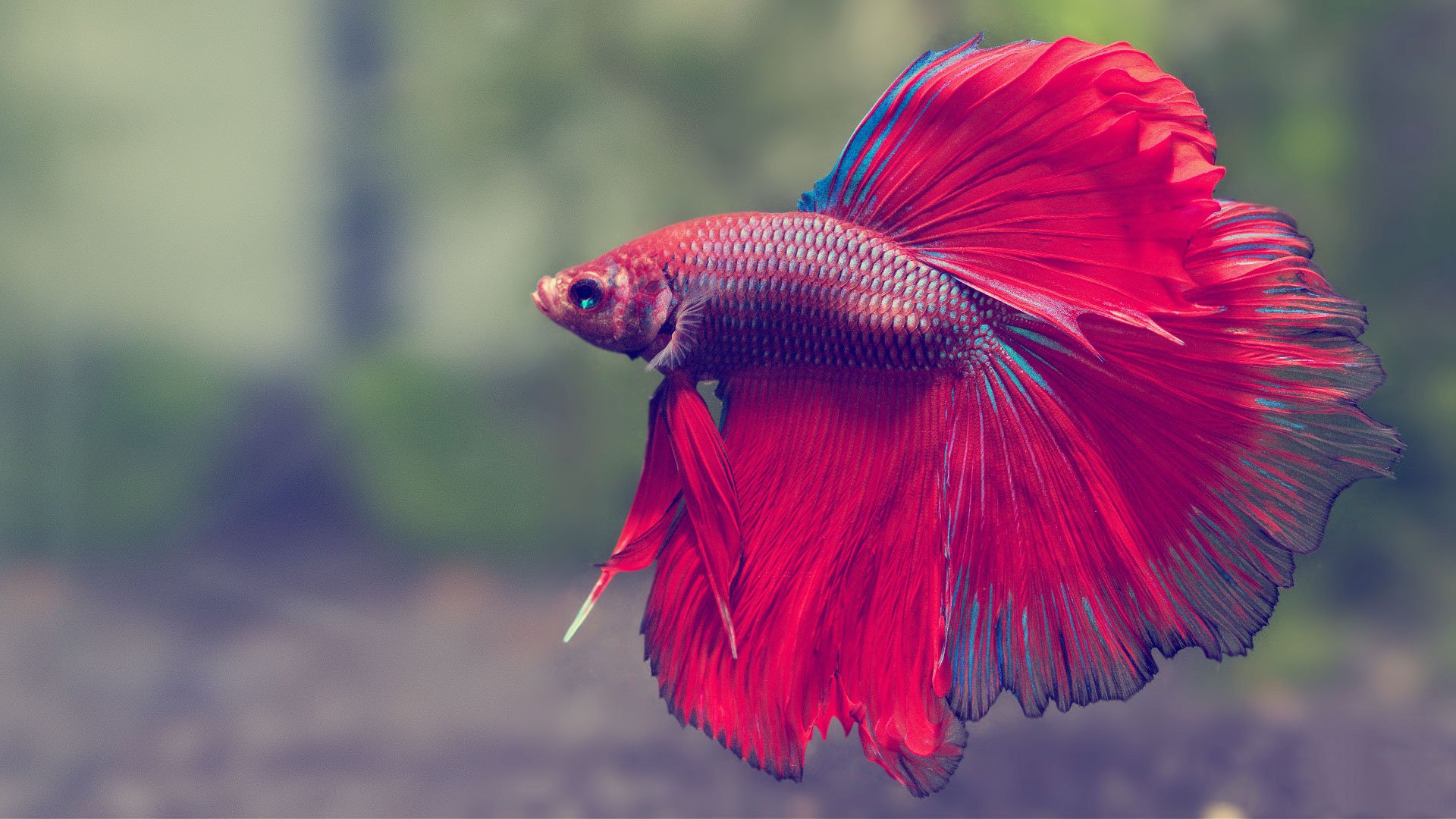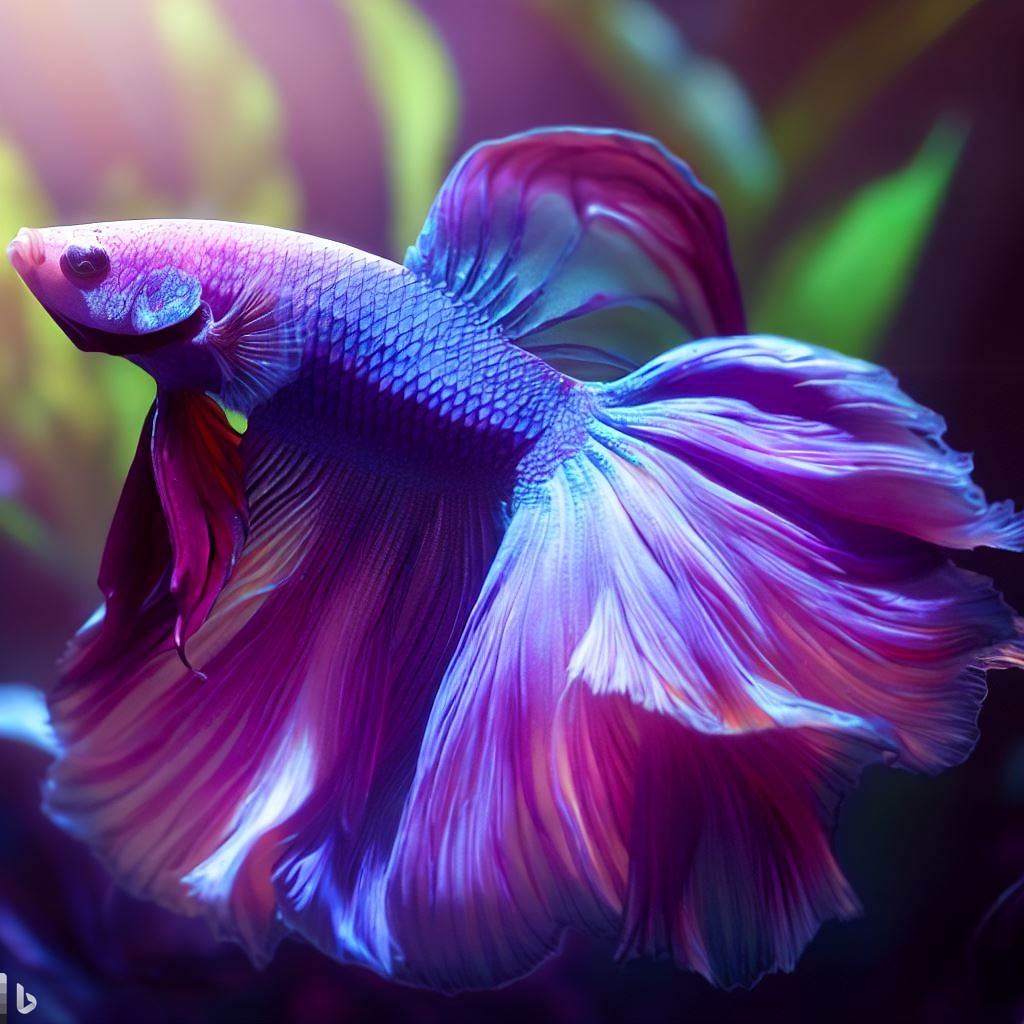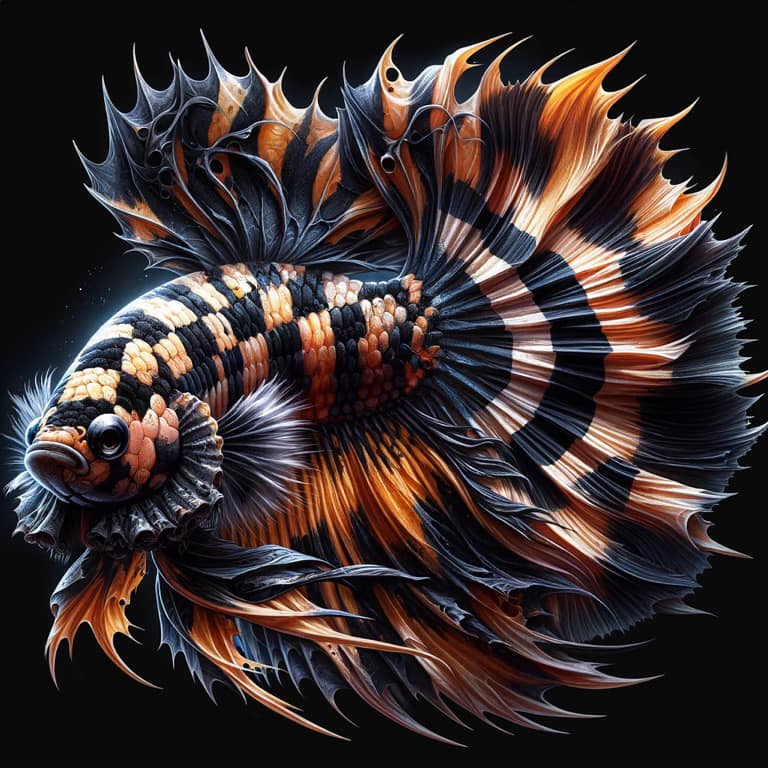Betta Fish Diet Regimen: What to Feed Your Betta for Ideal Health
Betta Fish Diet Regimen: What to Feed Your Betta for Ideal Health
Blog Article
Reproducing Betta Fish: a Comprehensive Step-By-Step Guide to Efficiently Raising Child Bettas From Eggs to The Adult Years
Breeding Betta fish is a meticulous endeavor that needs mindful planning and implementation to make certain the effective development of fry from eggs to mature fish. As the male Betta diligently constructs a bubble nest and guards the valuable eggs, the succeeding stages of treatment and change need interest to detail and expertise of ideal practices.

Choosing Reproduction Pairs
When starting the trip of breeding Betta fish, selecting the right breeding pairs is important to accomplishing desirable attributes and a healthy family tree - betta fish. The very first step in this procedure is to identify the particular qualities you wish to enhance or maintain, such as color, fin type, and physique. It is vital to pick genetically diverse sets to avoid inbreeding, which can cause health and wellness problems and unfavorable features
Examine prospective breeding candidates very carefully. A healthy and balanced male Betta ought to display vibrant colors, an energetic attitude, and well-formed fins, while the lady ought to likewise display vibrant pigmentation and a rounded stubborn belly, indicating readiness for spawning. Observing the character of both fish is essential, as hostile or excessively timid individuals might not reproduce efficiently.
Documents of family tree is similarly essential. Maintaining records of the parent fish's origins can aid you track genetic qualities and potential issues. Furthermore, get in touch with credible breeders or on the internet sources for guidance on choosing compatible sets. Ultimately, spending time in the option procedure will significantly boost the chance of producing solid, lively spawn that meet your reproduction goals (betta fish).

Preparing the Reproduction Container
Developing an ideal breeding setting is an essential step after picking appropriate pairs for Betta fish. The reproduction container should be especially created to supply comfort and stimulate the natural breeding behaviors of the fish. Start with a storage tank size of at the very least 10 gallons to ensure ample room for both the male and women Bettas.
Preserve a gentle purification system to maintain the water tidy while staying clear of strong currents that can stress the fish. Furthermore, an air rock can be included in provide oxygenation without interfering with the water surface area too much.
Temperature level law is critical; goal for a steady series of 78-82 ° F(25-28 ° C) utilizing a dependable heater. The pH degree should be maintained between 6.5 and 7.5, and routine water modifications are essential to make sure high water high quality.
Integrate floating plants or generating mops to produce hiding areas for the from this source woman, while likewise motivating bubble nest structure by the male - betta fish. Make certain the tank is cost-free from sharp designs and any type of possible dangers, as the welfare of the fish should always be focused on throughout this important stage of reproduction.
The Breeding Refine
Usually, the reproducing process for Betta fish involves a series of unique and evident actions that indicate preparedness for reproduction. The male Betta starts by building a bubble nest at the water's surface, which works as a website for the fertilized eggs. This nest is critical, as it offers a secure atmosphere for the eggs until they hatch.
Once the nest is developed, the male will certainly show courtship behaviors, such as flaring his fins and showing lively shades to bring in the redirected here lady. The lady, upon sensing the male's readiness, will react by showing vertical red stripes along her body, signifying her receptiveness.
The fertilized eggs after that fall to the bubble nest, where the male very carefully collects and returns them to the nest. Following this, the male presumes responsibility for securing the nest and guaranteeing the safety and security of the eggs up until they hatch, typically within 24-36 hours.
Caring for Betta Fry
Looking after Betta fry calls for mindful focus to their atmosphere and nourishment to guarantee healthy and balanced development and advancement. After hatching out, Betta fry are very little and prone, demanding a secure and clean environment. Preserving a water temperature level between 78 ° F and 80 ° F is important, as Betta fry prosper in warm conditions. Furthermore, make sure that the water is devoid of hazardous contaminants; routine water modifications of 10-20% are suggested to maintain ideal water top quality.
Feeding Betta fry is similarly crucial. Initially, they must be offered infusoria or carefully crushed premium fry food, as their mouths are too tiny to deal with bigger particles. As they expand, you can gradually introduce larger this post foods, such as child brine shrimp or powdered flakes, to ensure they get ample nutrition. Feed them percentages a number of times a day, being careful not to overfeed, which can lead to water quality problems.
Transitioning to Adult Bettas
As Betta fry fully grown, transitioning them to adult Bettas is a vital phase that needs mindful monitoring of their atmosphere and social interactions. This procedure usually begins when the fry get to around six weeks of age, at which factor they can be gradually presented to an extra structured living setting.
To promote this change, it is necessary to make certain that the water specifications-- such as temperature, pH, and ammonia degrees-- are ideal and secure. Grown-up Betta fish prosper in cozy water (around 78-80 ° F) with a pH of 6.5 to 7.5. Slowly adjust the fry to these conditions to minimize anxiety.
Social interactions are one more essential element; man Bettas are notoriously territorial and hostile. Therefore, it is advisable to different males right into specific tanks as they develop. Women Bettas can be housed together, but care needs to be required to keep an eye on for signs of aggression.
Additionally, dietary modifications should be made as the fry grow. Include high-grade pellets and live foods to sustain their development and health. By handling these variables efficiently, you can promote an effective shift to their adult years for your Betta fish.

Conclusion
Successful breeding of Betta fish requires careful attention to information throughout the whole process, from picking genetically diverse pairs to providing optimal care for fry. In addition, a balanced diet regimen and gradual adjustment to adult settings are vital for the development and development of Betta fish.
Report this page